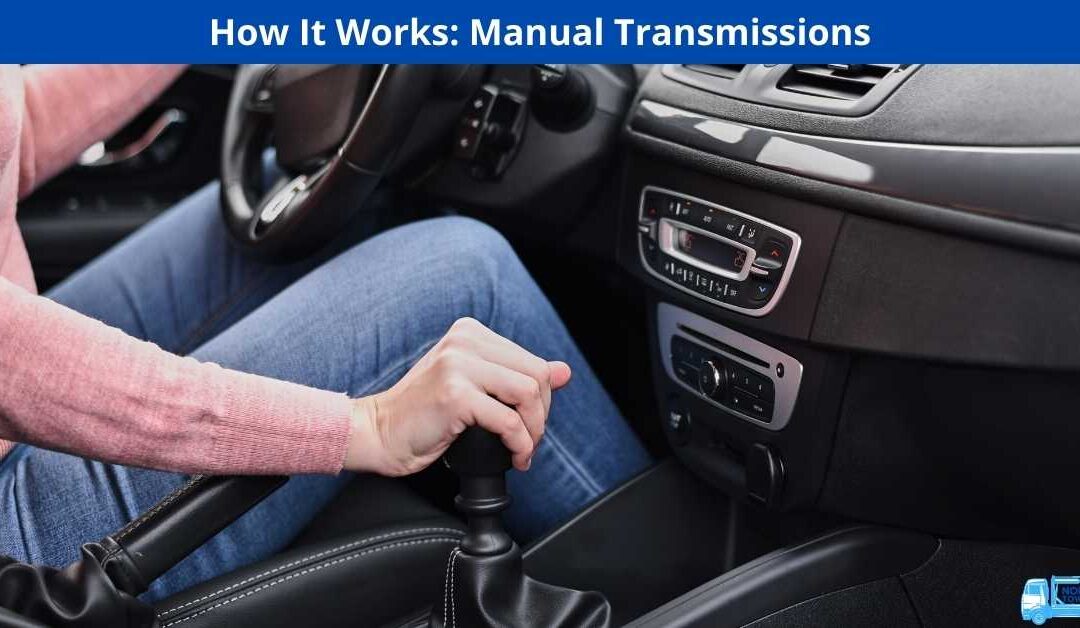Manual transmissions are less common these days, but they can still strike fear in a new driver’s heart — or bring joy to an enthusiast.
Few things can strike fear into a new driver’s heart, or joy to an enthusiast, like seeing the three pedals that indicate a manual transmission. While the “stick shift” was once the only type offered, the popularity of the automatic transmission has made the manual a relatively rarity.
Today, manual transmissions are mostly found on performance vehicles – although many of those are switching to automatics now – or on the base trims of some entry-level cars for the lowest-possible advertised price.
As its name suggests, the transmission transmits power from the engine on its way to the wheels. The engine’s heavy central crankshaft spins to provide this power, its speed measured in revolutions per minute or “rpm,” but drivers need a wider range of vehicle speeds than the engine’s spinning motion can supply. The transmission’s gears amplify the engine’s power for acceleration, or reduce its rpm at highway speeds so the engine isn’t overworked. Unlike with an automatic, it’s up to the driver to determine when to shift to the appropriate gear. Transmissions are complicated, and this is just a simple overview of how they work.
A modern manual transmission typically contains five or six gear ratios, commonly called speeds, as in a six-speed transmission (reverse and neutral aren’t included in that number). Inside the transmission, an input shaft is connected with the engine, which turns the shaft; while an output shaft sends its spinning motion toward the vehicle’s wheels to turn them. The input shaft’s power drives a set of gears, called the counter shaft gears. These are meshed with the output shaft gears, causing them to turn as well.
The size difference between the counter shaft gear and its corresponding output shaft gear determines how your vehicle drives. In first gear, a smaller gear drives a larger one, giving the torque needed to accelerate from a stop. At higher speeds, the two gears may be the same size, or a larger gear drives a smaller one, so the vehicle travels at faster speeds while the engine’s speed remains relatively low. You can see this on the tachometer: as you press the throttle, the engine’s rpm rises, but when you shift up to the next gear, the rpm falls.
If you are in Collingwood, Victoria 3066, and looking for an emergency tow truck service or roadside assistance Melbourne service, this is the best way to visit us.
Northern Tow Trucks
620 Canning St
Carlton North VIC 3054
(03) 7064 2500

